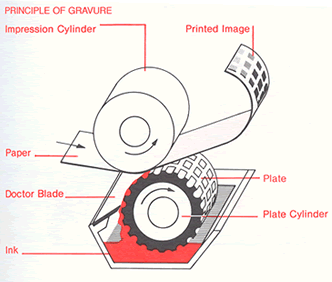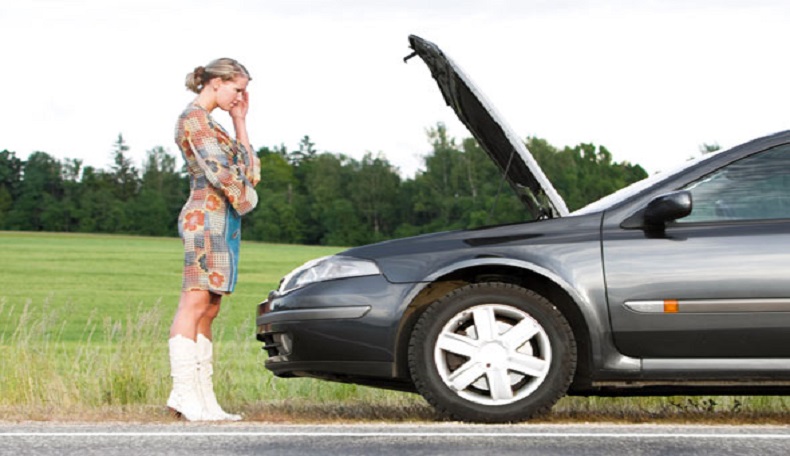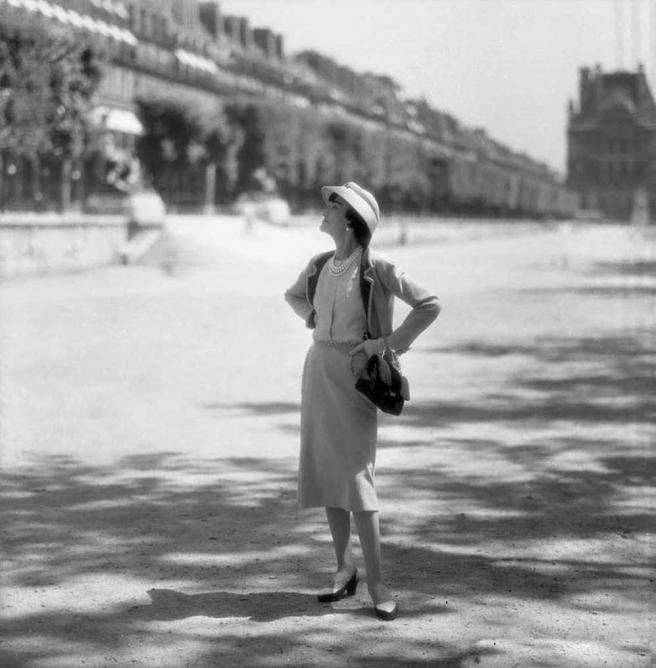 By definition, engraving is a printing process of images or text on a surface, either by burning or by scratching the surface. Traditional gravure is a kind of graphics that involves creating an image or text on a plate of hard material (metal, stone) in depth or relief, in order to reproduce easier ,an image or text ,on other materials (like paper, fabric, wood and others).
By definition, engraving is a printing process of images or text on a surface, either by burning or by scratching the surface. Traditional gravure is a kind of graphics that involves creating an image or text on a plate of hard material (metal, stone) in depth or relief, in order to reproduce easier ,an image or text ,on other materials (like paper, fabric, wood and others).
The first major applications were in typography creating the ‘block’ text used in the reproduction of the first books. ‘Block’ texts consists in etching a soft metal plate (usually copper or zinc) with all the text needed to print a single page and use it like a stamp.
The point is that all these things were done manually. Today, printing machines have taken over much of the burden of the old craftsmen. Last generation equipment made gravure affordable and easy to be done in a much shorter time than in the past.
[adsenseyu1]
According to the technique used there are two major types of gravure: laser gravure and mechanical. Laser gravure is the creation of an image with a device that emits a laser beam. Laser equipment, used for both cutting and for engraving / marking, is equivalent to printing machines, only instead of printing ink it sends a laser beam to the material. Because the equipment is computer controlled, an infinite number of shapes and patterns can be made, the only limit being imagination.
Technologically speaking, laser gravure is also divided into two types: the vector and the raster. Vector Graphics is generally used to print images in large formats like posters because there is no loss of graphics quality. This type of engraving allows fine contours or cutting / shaping the material if equipment is strong enough. Raster engraving involves the transfer of a computer inserted graphics like an inkjet printer.
Engraving creates raster image transfer by copying it point by point. Since it has a very high fidelity in details is often used to make laser photo engraving, printing photos on a hard surface (wood, metal, marble, granite, plastic, special materials, glass, cork ..)
If the laser engraving cannot be applied in a given situation, then we can use mechanical gravure. This is the kind of engraving done with a mechanical router equipped with a tool made of a very hard material, usually diamond or specially treated steel, with which scratches the surface of the material or penetrates it.
[adsenseyu1]
There are situations in which laser gravure is not suitable or situations where classical mechanical gravure is desired. In most cases it’s about customizing metallic materials. Also, it can replace laser engraving and when it cannot be used because of equipment limitations, such as the engraving / cutting PVC or metal in depth. One aspect to consider is that the mechanical engraving involves physical strain on the material, making it almost impossible to engrave very soft or thin materials.
Like other types of printing (offset printing or flexography) in gravure printing, rotary printing presses are used and everybody can find the perfect supplier for such machines, spare parts and everything connected on http://www.allforprintmarket.com .
Read more news :
1. Concise Analysis of the International Functional Printing Market
2. Flexicon AG: New flexographic printing technology
3. Hotels for GRAPH EXPO 14 and CPP EXPO Now Accepting Discounted Reservations
4. KODAK Certification Program for KODAK FLEXCEL NX Plates Awarded to Miller Graphics Poland
5. GRAPH EXPO 14 Set to Reveal Print Integrated Future of Media Communications
6. The Functional Printing Market to 2020: Report Segments Market by Materials, Technology, Application, and Geography; Profiles of Leading Companies in the Industry Included








